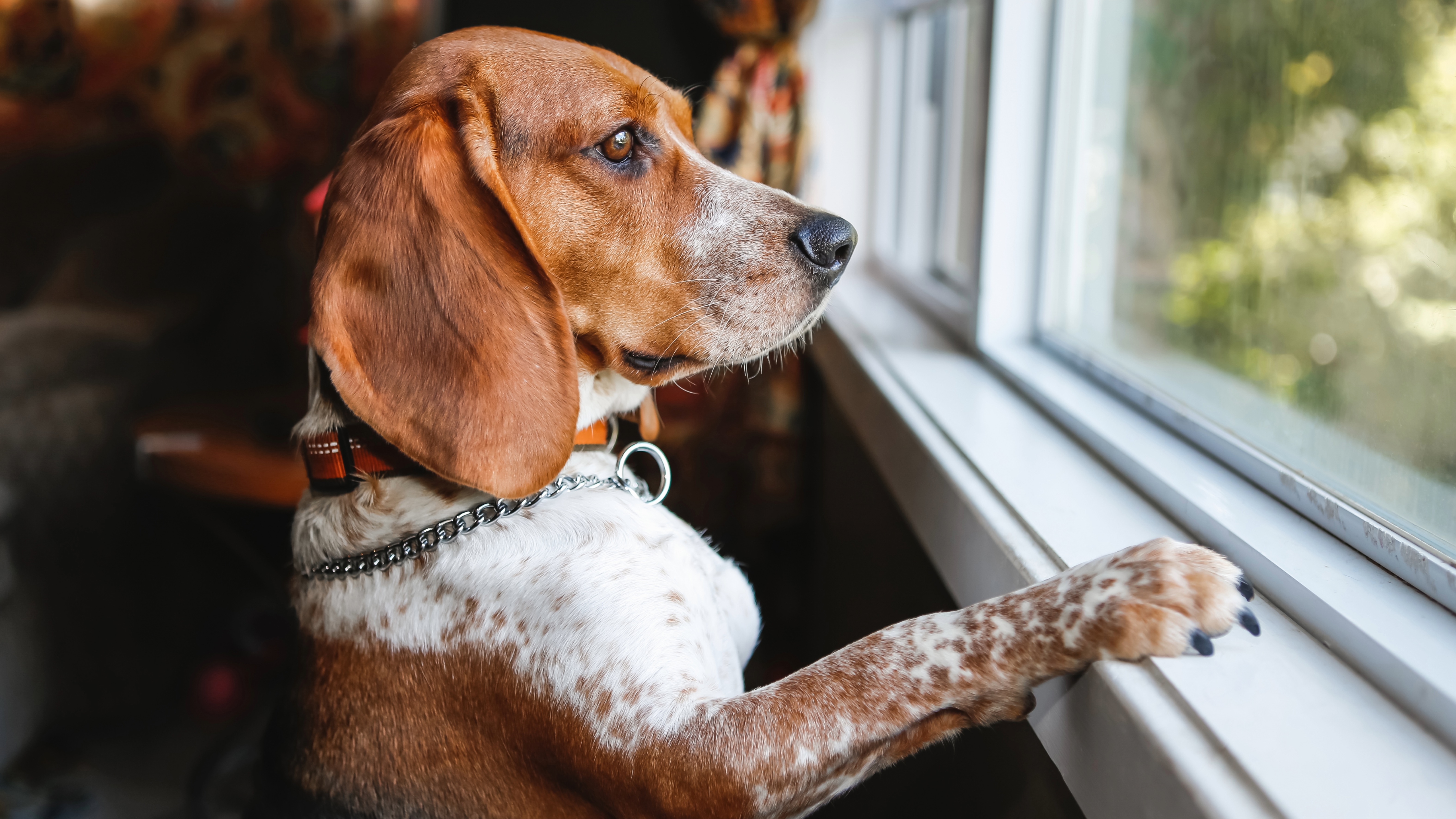
Dogs are social animals, and separation anxiety is likely going to be something you’ll have to manage — particularly if you get a new puppy.
However, there are some mistakes that new pet parents often make. But, on the bright side, they’re easy and simple to avoid, and you can always use some of the best dog treats to help you rectify them.
Award-winning trainer Lisa Burton of Listen Dog Training has outlined a few of them in a recent Instagram post. Let’s take a look at her advice.
“When it comes to separation anxiety,” begins Burton, “A lot of the free advice out there is tailored toward getting your puppy used to being alone. Of course, growing calmness and confidence in our puppies when left alone is crucial, but there’s a really important step before this.”
Burton takes a look at attachment types, explaining that the relationship between puppy and parent will fall into one of them, based on factors including the puppy’s genetics and temperament (here are the 32 dog breeds most likely to have separation anxiety), the pet parent’s attachment style and personality, and the security the puppy feels in this relationship.
So, if you help your puppy feel secure, their independence should come naturally. Burton explains that even though many dog parents will have the best intentions, they inadvertently display more attachment avoidance because they think that giving into their puppy’s clinginess will make things worse. “What usually results is an anxious attachment style, and a puppy that becomes increasingly worried about separation,” she says.
To help your pup develop a secure attachment style, there are a few things to work on. Be as present and responsive as you can — of course, there will be times when you can’t give your puppy your undivided attention, but when you can it’s important to try doing so. You can’t cause separation anxiety in your dog by loving them too much.
Your goal, says Burton, is to make it so your puppy doesn’t worry about your absence, because you always come back, you always meet their needs, and you never leave them in danger.
However, it’s important to get your dog used to what she describes as micro-absences. Reinforce with high-value treats, and leave your dog for a couple of minutes while you run outside or run to the bathroom.
And, let your dog know that being away from you can be fun! Give them something high-value, like an enrichment feeder with their favourite treats, and secure it in a room away from you. This way, your dog has to leave you for a while to enjoy it, and can’t bring it into the room you’re in.
If you’d like to know more about how to reduce separation anxiety in dogs, this article might be useful.







